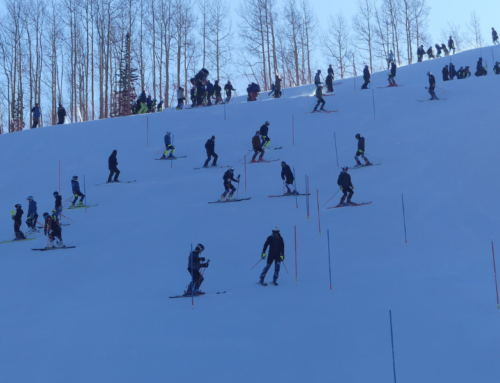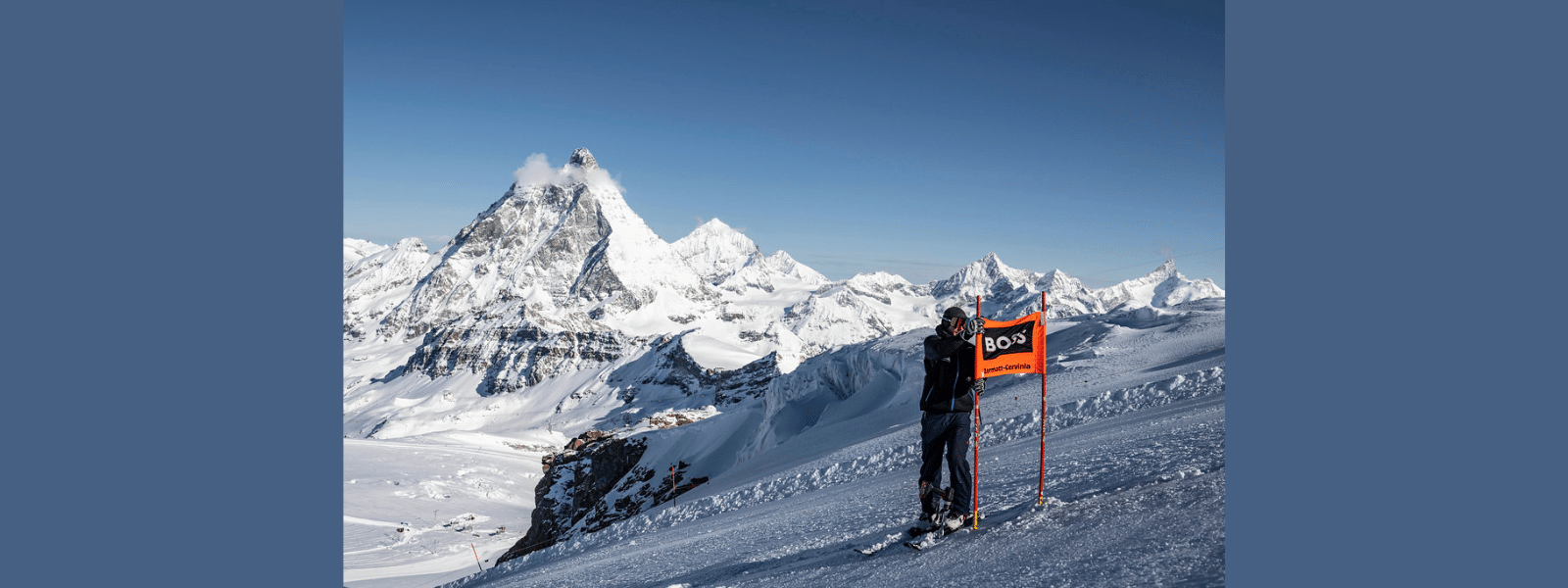FIS Spring Calendar Conference Highlights
FIS Spring Calendar Conference Highlights{mosimage}The FIS World Cup sub-committee elevated the often maligned combined event to World Cup status beginning in the 2006/2007 season on the basis of last year’s successful ‘super’ combined test events, marking the first change to World Cup skiing discipline since the addition of super G in the mid 1980’s. The move is subject to FIS council approval at their spring meeting in Munich later this month. ‘It is time we brought new events to the sport’ said Gunther Hujara, Director of the men’s World Cup. ‘This will provide more opportunity for a number of smaller nations to participate in World Cup events.’
The super combination allows organizers, in conjunction with the World Cup directors, to choose which events will be combined. The super combined must have a speed event and a one run gate racing event. If a downhill is selected as the speed event it can be a shortened version of official World Cup downhill criteria. Traditional combined events, such as the Kitzbuhel downhill and slalom, will be included for the new title. The intention of elevating the combined is to get more competitors involved in speed events. Over time, it may serve to slow a trend to specialists according to coaches and FIS experts.
The FIS is very cognizant of how few countries participate in downhill at the World Cup level which is frequently pointed out by FIS President Gian Franco Kasper. By shortening the combined downhills and adding the discipline the governing body is hoping more athletes and nations will get involved in speed events.
Initially the committee set a three event minimum for the combined title. While the awarding of a ‘combined’ champion will not occur in the upcoming season, the men will have four combined events, three super combineds and one traditional. There are two on women’s schedule, one shy of the minimum required which negates the awarding of the title until the 2006/2007 season.
Nation’s Team Event in World Cup Finals
FIS hopeful to make it an Olympic Event
Following up on the success of the inaugural Nation’s Team Event which debuted at the Bormio World Championships last February, the FIS has a second team event scheduled for the World Cup finals in Are, Sweden next spring with the hope that the fledgling event will eventually wind up on the Olympic calendar, perhaps as early as the 2010 winter games. ‘We are very excited with the response to the first event’ said Gunther Hujara who recalled how skeptical a number of associations were about the team concept. ‘It took us 12 years to get it on the calendar’ he continued.
The team event combines super G and slalom and has a separate scoring system. In the inaugural effort, the scoring system favored finishing over speed. The United States has proposed to alter this to favor finishing first, but no steps were taken to change the scoring system at the conference.
Slalom Turning Gate Distances Altered
In an effort to slow speeds in slalom, the FIS is considering a recommendation to change the measurements from turning gate to turning gate from the present 15 meters to 13 meters. The governing body will also fix the number of direction changes at 55 without an allowance plus or minus. Women’s slalom will have the same 13 meter turning measurement. The direction changes will be fixed at 45.
Slalom’s were getting to fast according to Hujara, who told the World Cup Committee that speeds in some slalom events had exceeded 40 miles per hour. The new rule will go into effect for all FIS sanctioned slaloms. ‘We think this is a good change’ said Walt Evans, USSA Competitions Director. ‘We wanted to see speeds reduced.’ Slalom skis will be measured on the running surface, eliminating a problem which surfaced this year when some ski companies added irrelevant pieces of plastic on tips and tails to meet the minimum ski length requirements. The running surface, or where the ski meets the snow, must now be 165 centimeters for men.
IOC Dramatically Downsizes Clothing Markings
Manufacturers’ logos and markings on competition clothing will be confined to 20 square centimeters by the International Olympic Committee according to Howard Peterson, chairman of the powerful FIS advertising matters committee despite efforts to get the IOC to allow existing markings to remain.
‘In spite of our attempts to get the IOC to allow the existing markings’ Peterson said, ‘there was not enough pressure from national governing bodies to make the IOC accept our normal practice.’ Currently the FIS rules allow 160 centimeter commercial marking on competition clothing. Since the 1988 Calgary games, the IOC has granted the FIS permission to use existing clothing markings, but no longer. ‘For most nations competing in the games, marking is no concern’ he said, adding that many nations do not have sponsors and purchase their equipment.
The IOC is cracking down on other forms of logos. According to Christian Knauth, FIS Marketing Director, the IOC recently banned footwear powerhouse Adidas’ use of the now well known three stripes which the company puts on virtually all of their competition clothing.
In ski competition clothing, Spyder, which supplies both the U. S. and Austrian teams among others, may also be vunerable to IOC scrutiny. The company has made itself well known by using its web design on various clothing pieces, most notably its speed and GS suits.
The IOC decision was met with frustration by several larger ski nations, most particularly Austria whose representative, Klaus Leistner, was visibly upset. ‘Don’t they (the IOC) realize it is our programs which develop the athletes. It is expensive and they are the ones who put on the show.’
Women’s Jumping creeps Forward
Distaff jumping took one more step to acceptance when the FIS jumping committee included women’s jumping in the 2006 Junior World Championships. ‘Women’s jumping is inching along’ said Joe Lamb, USSA FIS jumping representative. ‘It is possible the women will be jumping in the 2007 World Championships, certainly no later than 2009.’
There has been reluctance among some on the FIS to accept women in jumping. There are a number of excuses including safety, but the unspoken reason has to do with social mores that women shouldn’t compete on men’s jumps as they will equal men’s distances. According to Howard Peterson, former USSA CEO, women can jump to the same distances as men but to do so they must use more of the in run to gain sufficient speed to equal men’s distance. ‘Women do not have the power to lift like the men so they need to start higher’ he said. ‘There is concern that the viewing public will not discern the difference in start distance and believe that the women’s efforts are equal to men’s when in fact they are not jumping from the same start.’





















